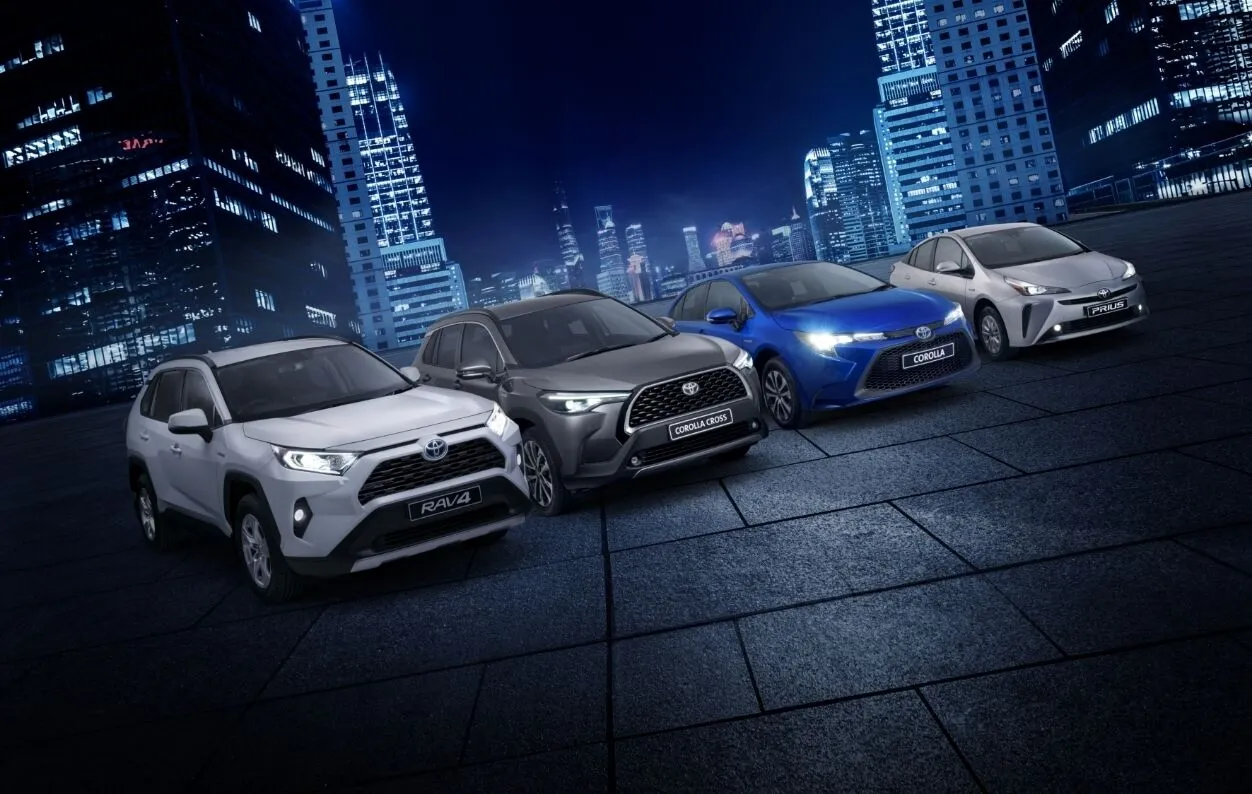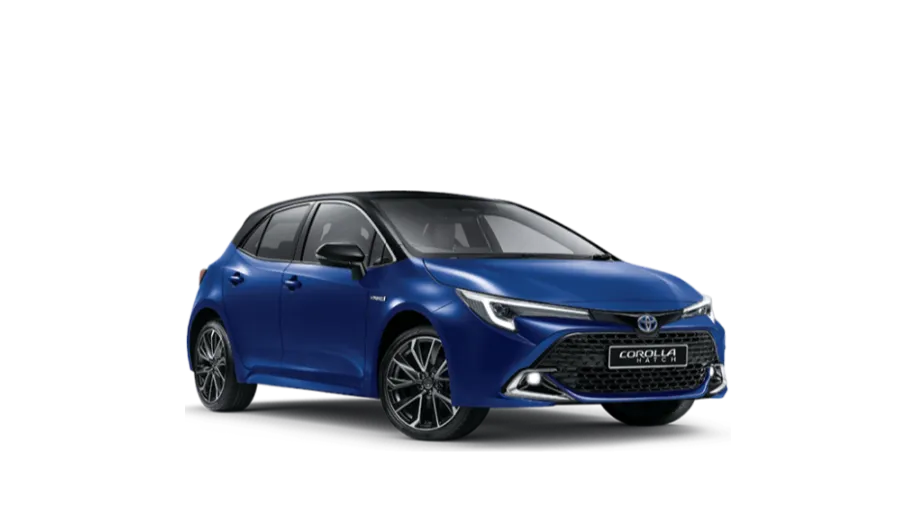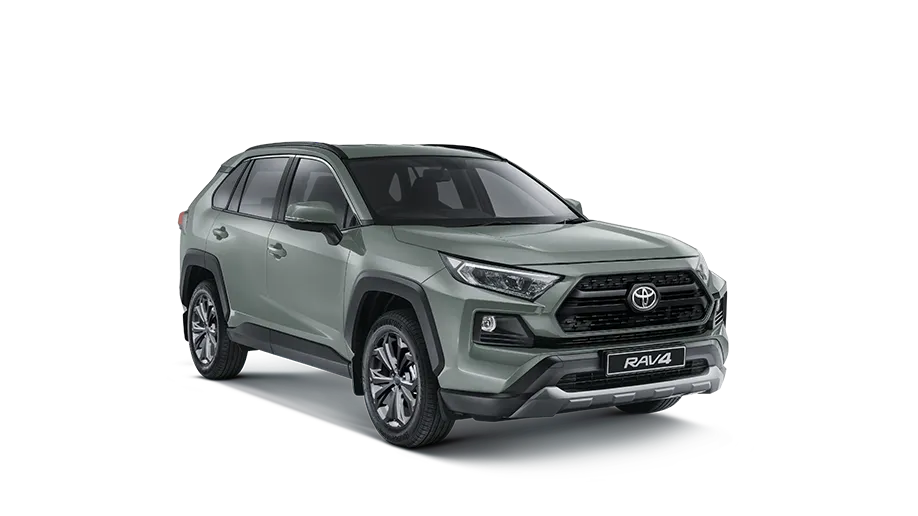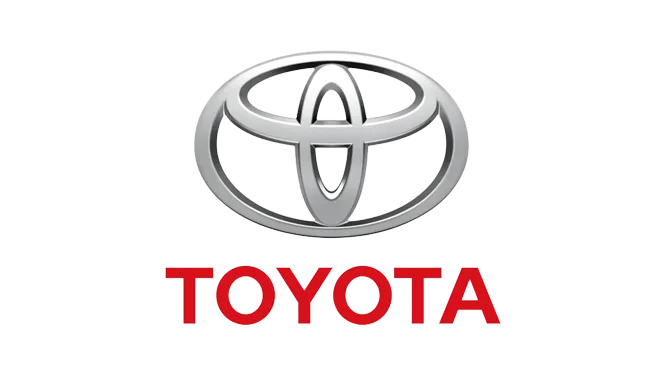Tech That Feels Like Second Nature.
We have a vision at Toyota to reach beyond carbon neutrality and make a positive impact on our planet and society with our products, services and operations. With motor vehicles at the core of our business, we currently offer a greater selection of low and zero emission vehicles than any other automaker. Not only does this give customers numerous choices to reduce their carbon footprint, it also helps us to maximise the use of limited battery resources.
In achieving carbon neutrality by 2050, we at Toyota have adopted a multi-pathway approach to crafting sustainable mobility solutions that leave no one behind. We therefore embrace diverse eco-friendly vehicle technologies to cater to different usage needs, economic circumstances, energy sources and infrastructure readiness, allowing everyone to immediately start contributing to carbon neutrality.
This has led to Toyota developing various powertrain options, including Hybrid Electric Vehicles (HEVs), Plug-in Hybrid Electric Vehicles (PHEVs), Battery Electric Vehicles (BEVs), Fuel Cell Electric Vehicles (FCEVs) and Hydrogen Combustion Engines, while also enhancing the efficiency of internal combustion engine (ICE) vehicles by expanding their usage to run on carbon-neutral green fuels.
Currently in the South African market we offer a wide range of HEVs including hybrid, plug-in hybrid as well full battery electric vehicles. And in the future, alternative propulsion technologies could be introduced locally. To study the feasibility of hydrogen fuel cell vehicles for example, Toyota South Africa is conducting a pilot project with a small fleet of Toyota Mirais – this has been widely reported on in the news.
Mild Hybrid Vehicles
Toyota is set to introduce a range of mild-hybrid models in the form of the Toyota Hilux 48V. These electrified variants will enhance both acceleration and fuel efficiency. Available in six double-cab variants, they feature a 2.8-liter turbodiesel engine with a 48V mild-hybrid system. The compact motor generator charges a lithium battery installed under the rear seats, minimizing cabin space impact. Expected to launch in March 2024, the Toyota Hilux 48V aims to strike a balance between performance and eco-friendliness.


Hybrid Electric Vehicles
Say Hello to world-leading self-charging innovation. Say hello to the Toyota Hybrid range. With two power sources, the Toyota Hybrid System fuses an internal combustion engine’s high-speed power with the clean efficiency and low-speed torque of an electric motor that never needs to be plugged in. It’s what you want when you want it. Hello Future.
Plug-in Hybrid Electric Vehicles
Combines an internal combustion engine with a larger electric battery than conventional self-charging hybrids. PHEVs can be driven as an all-electric, hybrid, or petrol-powered vehicle only. When driven in full electric mode, there’s the concomitant benefit of zero emissions coupled withzero fuel consumption. Plug-in Hybrids require charging from an outside power source to take advantage of the full all-electric range.
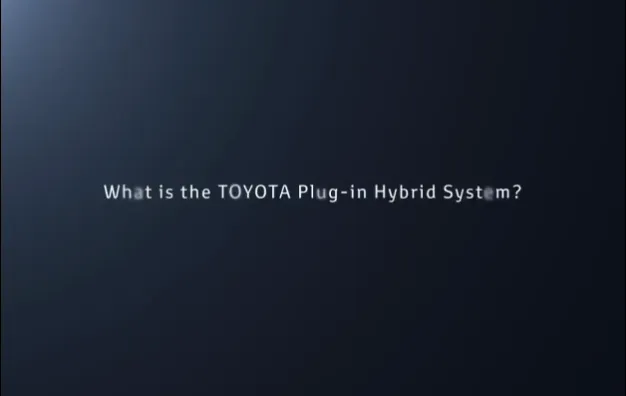
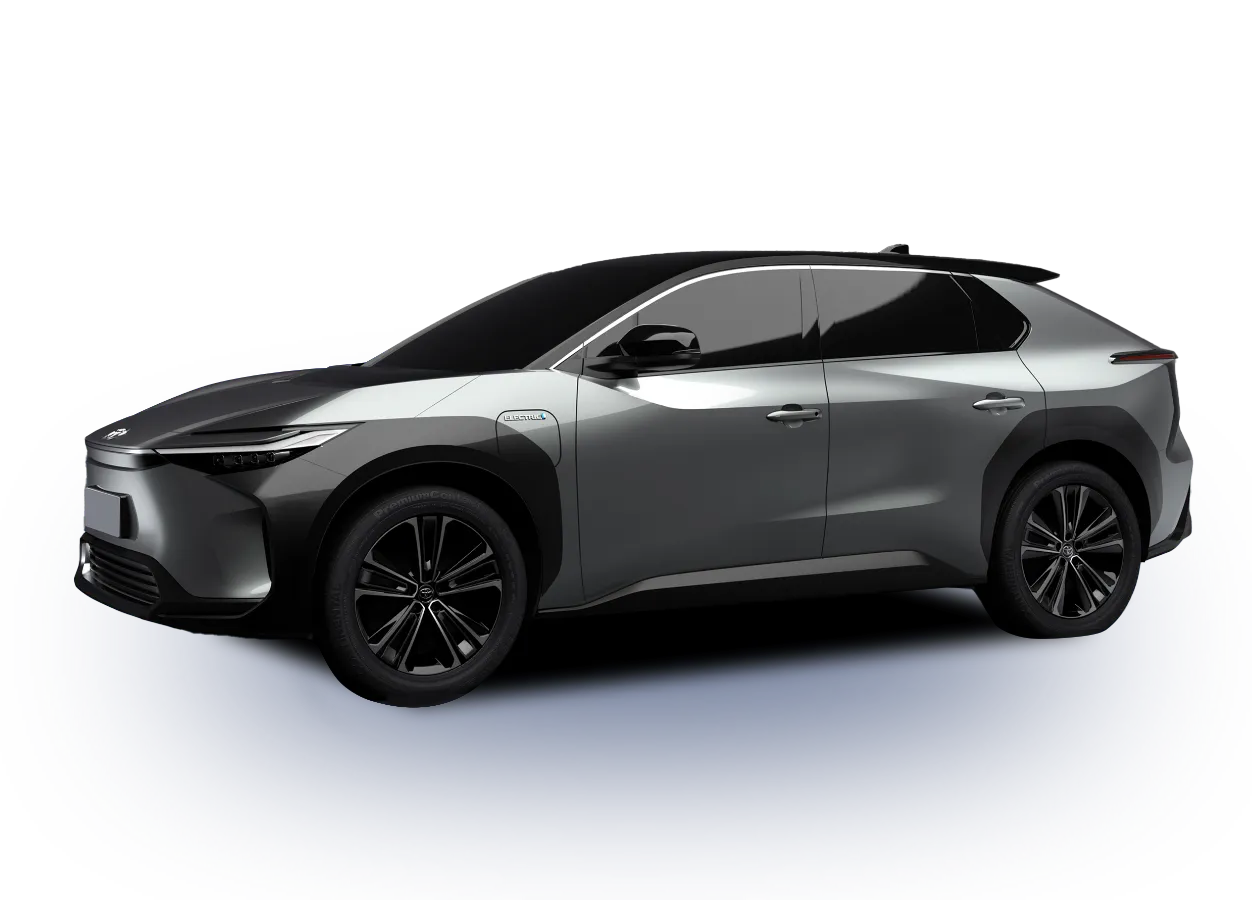
Battery Electric Vehicles
Uses energy stored in the large battery pack to power the vehicle without the need for a secondary power source like other electrified platforms. BEVs require charging of the battery from an outside power source requiring the installation of a charging station at home or access to a public charging station. Longer road trips will require some extra planning and time. BEVs have zero tailpipe emissions.
Fuel Cell Electric Vehicles
Not currently available for sale in South Africa (pilot study). FCEV’s use hydrogen combined with oxygen from outside the vehicle to produce power. No charging is required for the battery and the vehicle’s only emission is water from the tailpipes. Hydrogen filling stations (not commercially available in SA) are required to fill the vehicle’s on-board hydrogen tank.
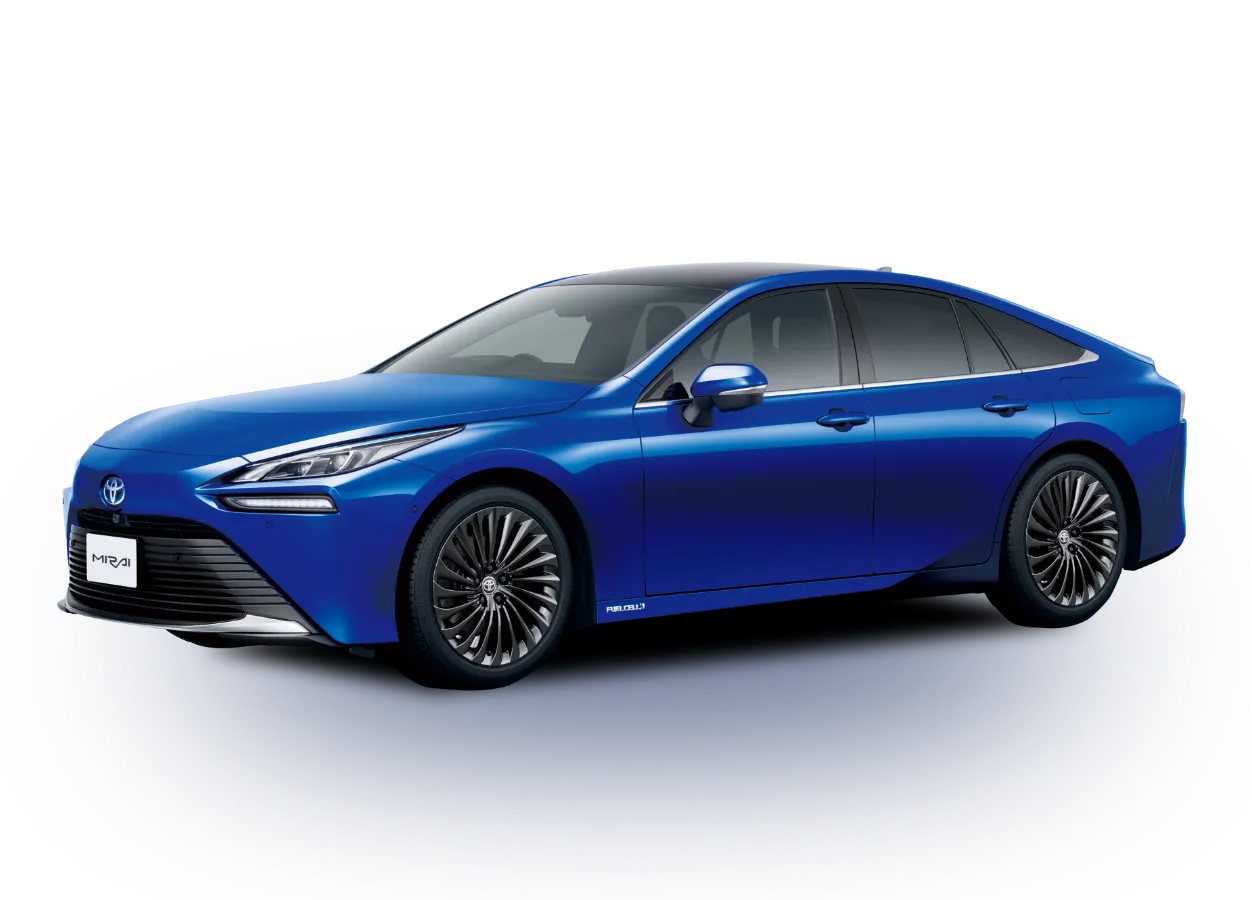
Explore Our Vehicles
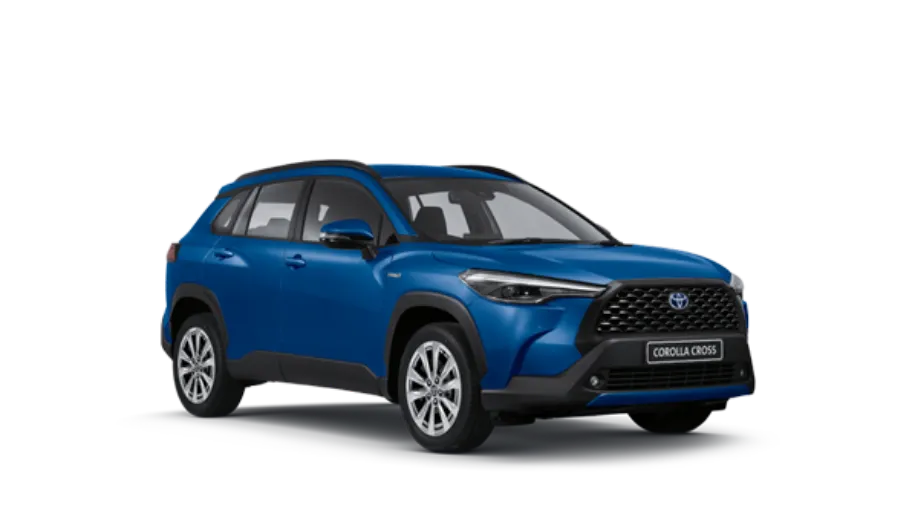
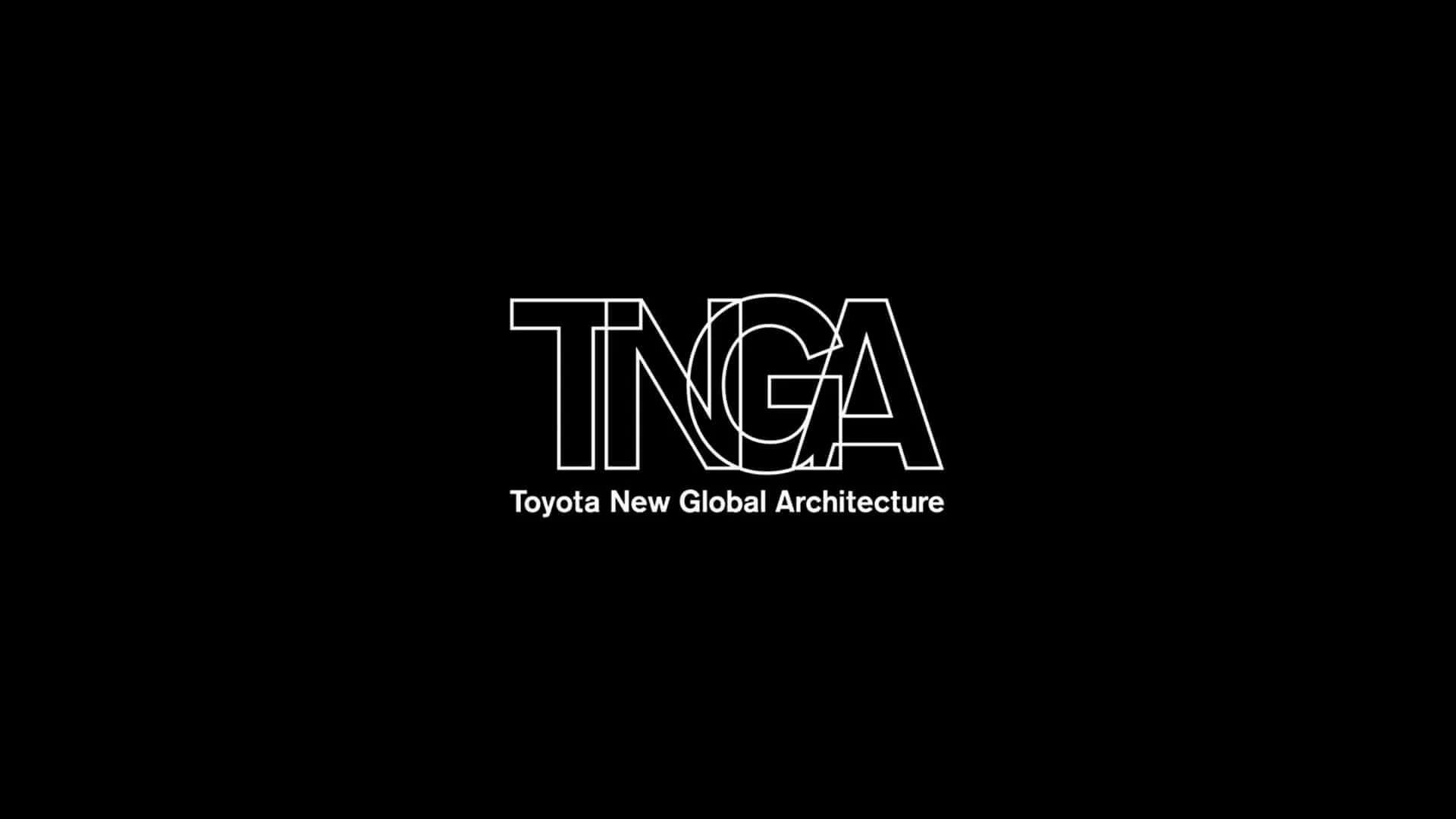
Toyota New Global Architecture (TNGA)
Toyota is implementing structural innovation across our global car-making business to make ever-better cars. We are changing the basic architecture of our cars to greatly enhance basic performance and product appeal through Toyota New Global Architecture (TNGA).
First Responders Manuals
Find information on how to navigate a Toyota safely in case of an emergency.
